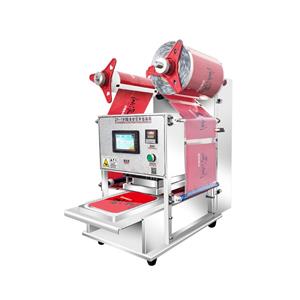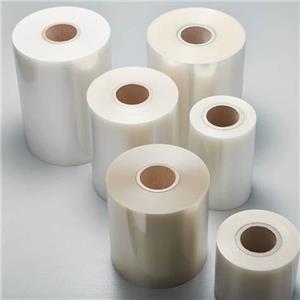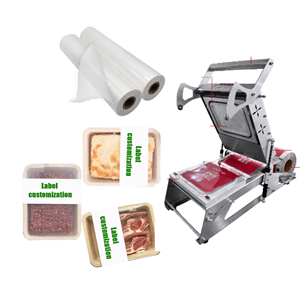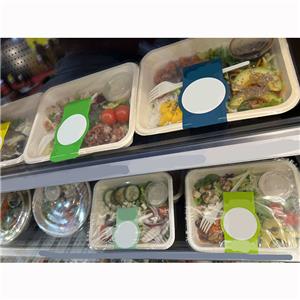Compostable Plates: A Sustainable Choice for Our Future
In today’s world, the environmental impact of our daily choices is more important than ever. One area where consumers can make a significant difference is in the use of compostable plates. These eco-friendly alternatives to traditional plastic and styrofoam plates are designed to break down naturally, returning nutrients to the soil instead of contributing to landfill waste. With a growing variety of materials used in their production, compostable plates are becoming a popular choice for households, events, and businesses alike.

Compostable plates can be made from several different materials, each with unique benefits. One common material is PLA (polylactic acid), which is derived from cornstarch. PLA plates are lightweight, sturdy, and often transparent, making them ideal for serving a variety of foods. However, they require specific composting conditions to break down effectively.
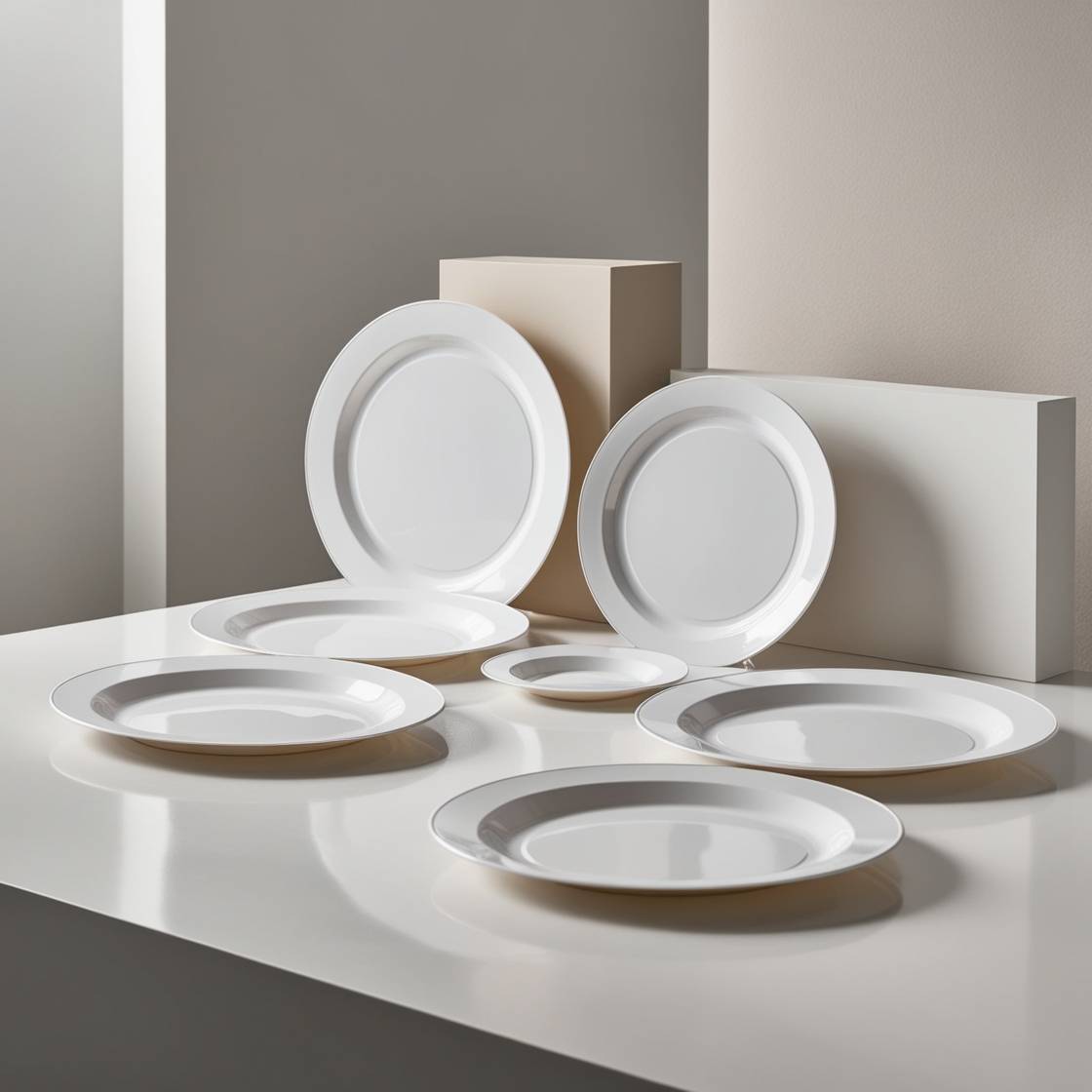
Another popular material is sugarcane, specifically the fibrous residue left after juice extraction, known as bagasse. Sugarcane plates are sturdy and can withstand heat, making them suitable for both hot and cold foods. They decompose quickly in composting environments, usually within 90 days, and are a great option for anyone looking to minimize their environmental impact.
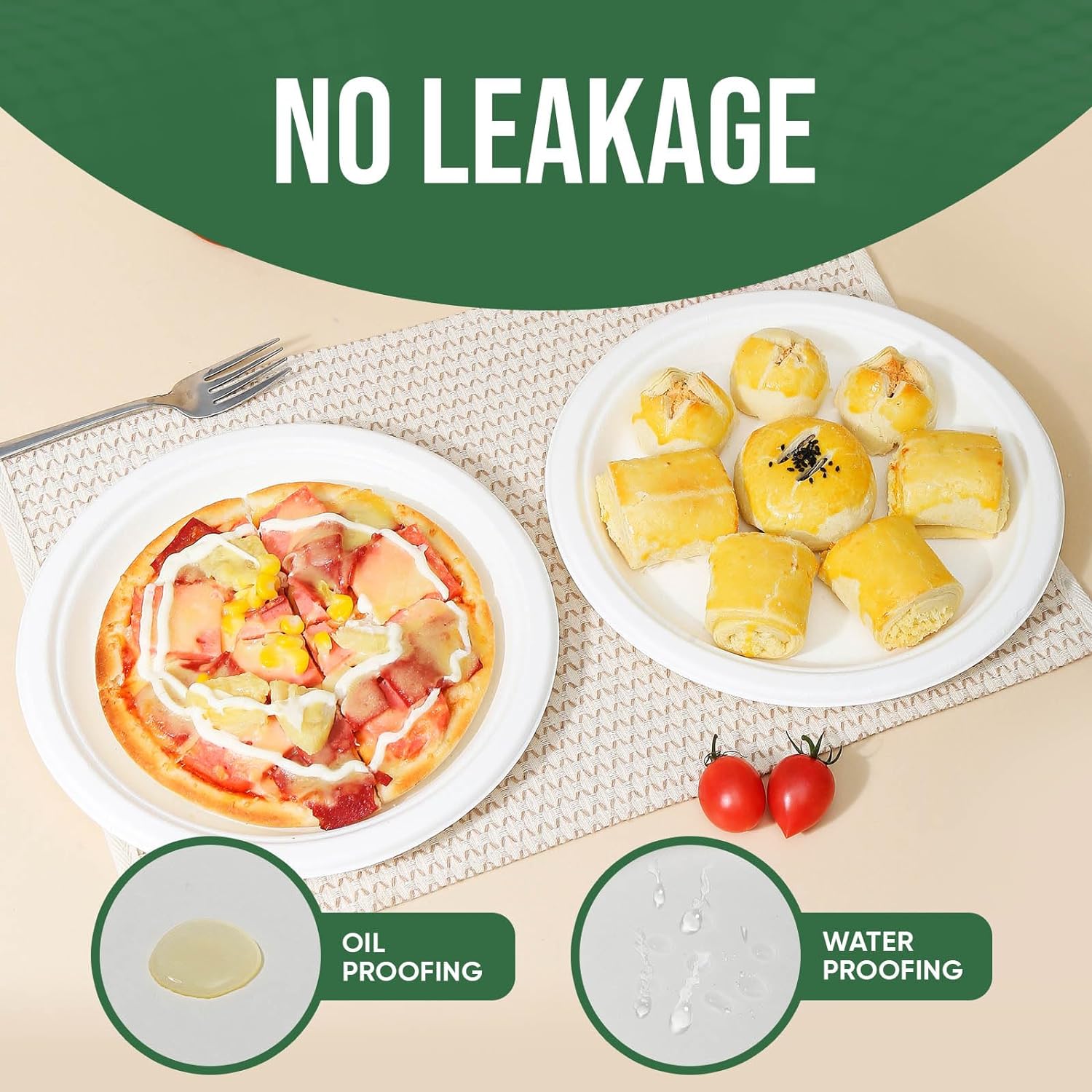
Palm leaves are also used to create compostable plates. These plates are made from fallen leaves, which are collected, cleaned, and pressed into shape. They are durable, water-resistant, and add a natural aesthetic to any dining experience. Palm leaf plates are an excellent choice for outdoor events and picnics.

Bamboo plates have gained popularity due to their strength and elegance. Made from rapidly renewable bamboo, these plates are biodegradable and compostable, making them a fantastic choice for eco-conscious consumers. Bamboo plates are often sturdy enough to hold heavier meals without bending or breaking.
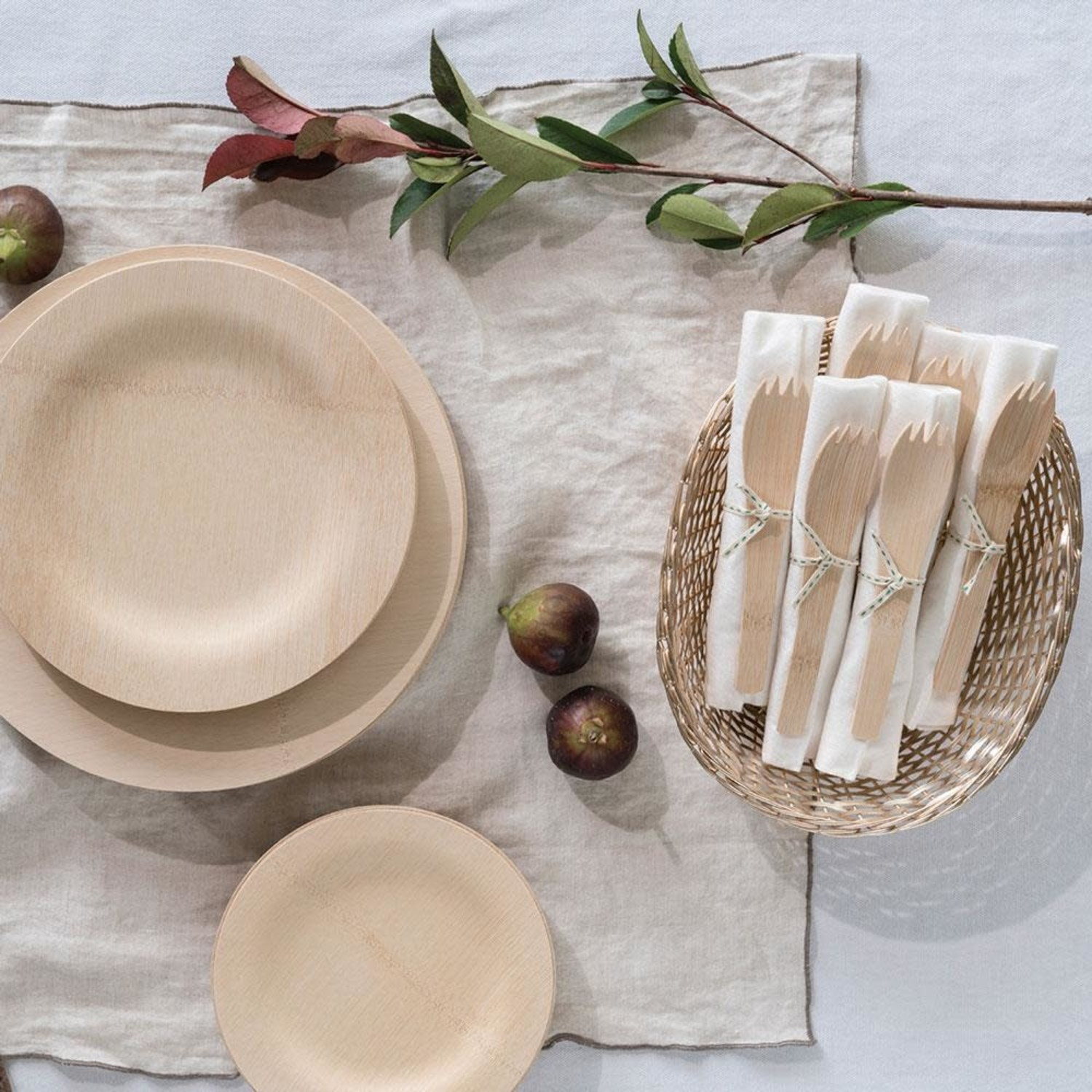
There are also plates made from wheat straw, a byproduct of wheat processing. These plates are not only compostable but also lightweight and sturdy, making them versatile for various occasions. They can handle hot, cold, and even oily foods without compromising their integrity.
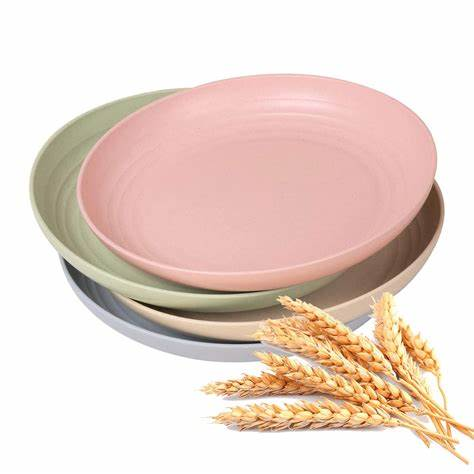
The growing awareness of environmental issues has led to an increase in the demand for compostable plates. Many restaurants and catering services are now opting for these sustainable alternatives, recognizing that consumers are looking for greener choices when dining out. By switching to compostable plates, these businesses can enhance their sustainability efforts and attract eco-conscious customers.
In conclusion, compostable plates made from materials like PLA, sugarcane, palm leaves, bamboo, and wheat straw offer a variety of options for those looking to reduce their environmental footprint. These materials not only decompose naturally but also provide safe and functional choices for serving food.
As you explore sustainable tableware options, consider the benefits of sugarcane pulp plates. These plates are strong, compostable, and perfect for any occasion, making them an ultimate choice for environmentally friendly dining. By choosing sugarcane plates, you can enjoy your meals while supporting a healthier planet.
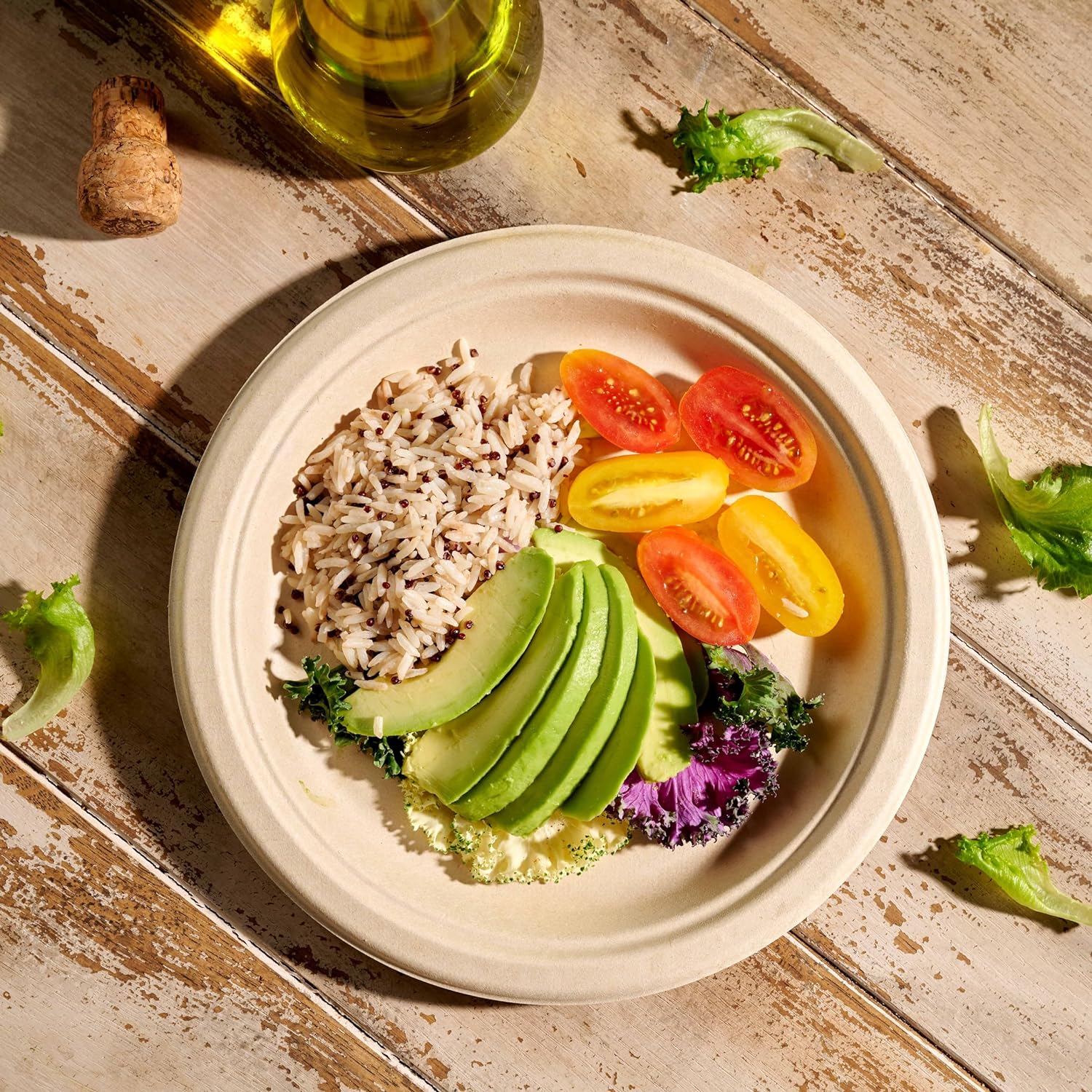
The most important point is that sugarcane bagasse plates can help you quickly occupy the market, and the production and supply speed and super performance of sugarcane bagasse plates have been well verified.

